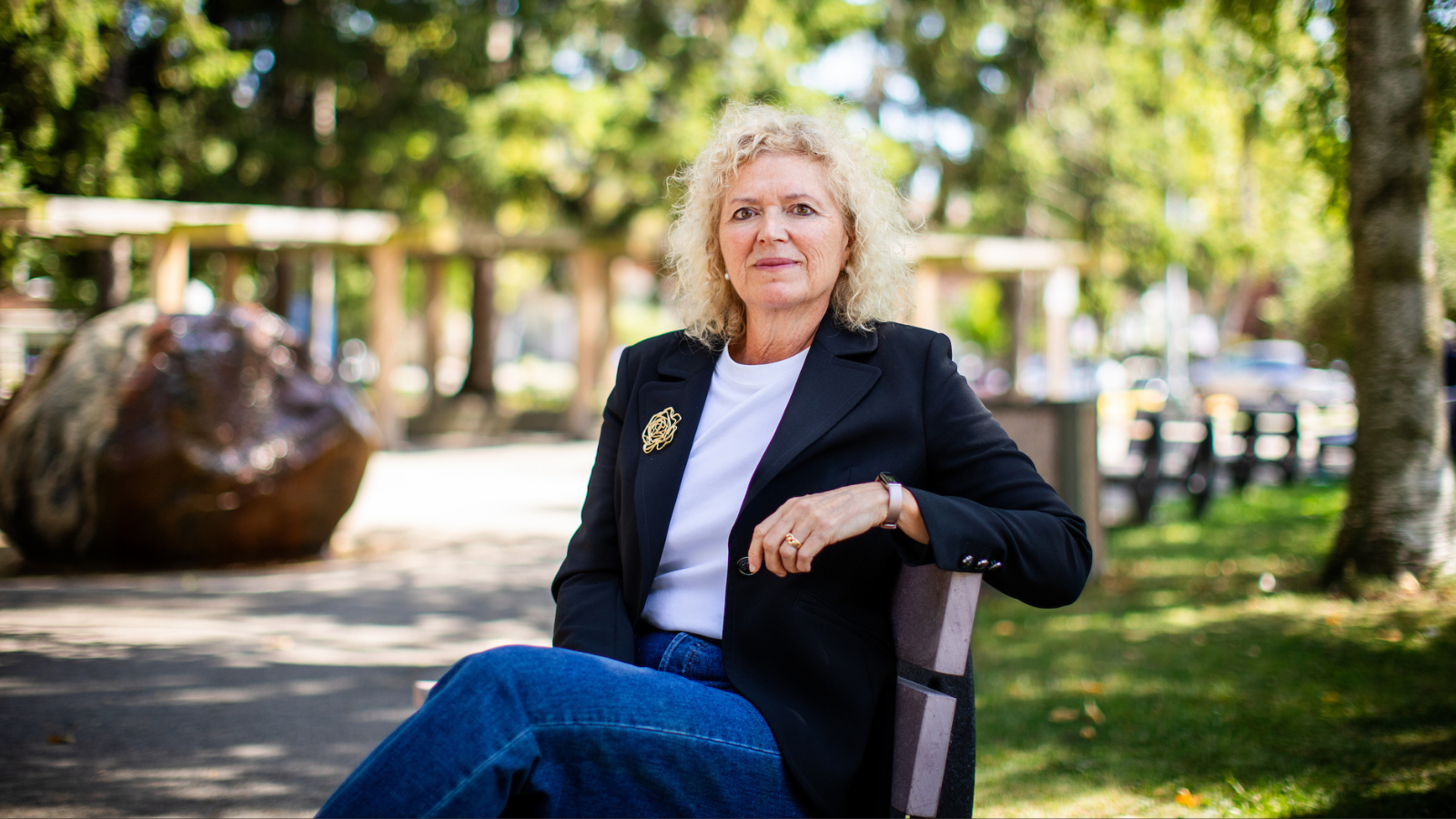Dr. McGilton shares the challenges facing transitional care units—and what needs to change to better serve vulnerable patients.
Dr. Kathy McGilton, a senior scientist at UHN’s KITE Research Institute, has spent decades improving care for older adults, leading research that has improved policy and practice in long-term care and rehabilitation.
Now, she is turning her attention to Ontario’s Transitional Care Programs (TCPs). These short-term units help people regain their strength and mobility after hospital stays before they return home or move into long-term care.
We sat down with Dr. McGilton to talk about her first study on transitional care units, which was published in The Gerontologist, the surprising complexity of patient needs, and how policy can better support recovery.
Q: What made you want to research the quality of care in TCPs?
“When TCPs were introduced, the Ministry of Health was focused on tracking the number of patients deemed alternative level of care—those who were in acute care beds when they didn't need to be—and the number of alternative level of care discharges to TCPs. But my team and I were interested in the care of patients transferred to these programs.
"We partnered with Ministry of Health policy decision makers to develop research questions and received a grant from CIHR for a multi-year research project evaluating care delivered to patients in TCPs and the resulting outcomes.
“We know acute care is not the right place for older adults designated as ALC, so transitioning these patients when they are medically stable out of acute care to short-term restorative units is a good goal. It's better for both the hospital, system flow and for the patients.
"But findings from our first published paper have left me wondering, are people actually getting the care they need from these places?”
Q: In your study, you interviewed care managers in TCPs. What did you find?
“I was really surprised by the breadth of what the managers were doing.
“First, they’re really trying their best to get patients to a better state with their teams. Often, the managers were RNs, and they were very involved in the case management of their patients, encouraging staff to set higher goals and do more.
“Many of these patients are among the most vulnerable people in society; that’s why they’re unable to return home from acute care in the first place. Many are showing up underhoused, without a care partner, having mental health issues or with dementia.
“I think these managers were surprised at how complex the clients are. The managers and their teams are going to incredible lengths to try and figure out how to help these people, find a safe place and situation for them to be discharged."
Q: What about the other staff?
“Many of the managers lamented that they don’t have enough specialized staff. On one unit, there was only one physio for 60 patients, for example. The good news is, we are starting to see that shift a little, with transitional care units adding more physiotherapy aides, behavioural therapists and occupational therapists.
“All staff also need more training in how to help people with dementia and how to assess the restorative potential of patients. Sometimes staff will see an elderly person who lost their ability to walk in acute care, and then they think, well, they can't walk, instead of asking, what were they able to do before they got to acute care?
“I think the teams just weren’t ready for the complexity of the patients who were admitted to their units, and for those who had been in acute care for so long, to be so impaired. Some managers talked about the idea that their staff had lost the idea of restorative potential.
“That’s where we need to change our storyline. We need to start doing better assessments about what these patients could do, instead of just seeing them as somebody on the decline.”
Q: What other system issues came into play?
“We saw that patients are being moved to transitional care units too late. Many have already been languishing in acute care for 30 or even 60 days, and then they arrive so debilitated that by the time they get to these units, it’s very hard to get them back to their previous levels of function. I think there needs to be much better collaboration and relationship building between the acute care facilities and the transitional care units, to make this happen sooner.
“The other place where the backlog is happening is around community care services. Managers said that sometimes they would have someone who was ready to go home, but they couldn't get the level of home care needed to make the transition possible. In a more recent interview I did with managers, some have highlighted how the new home first strategy by the Ministry of Health may assist with more discharges happening in a timelier way, with more resources provided.
“Finally, transitional care unit patients are some of the more vulnerable people in society, and that’s often why they’re not going home. Determining what is a safe transition for an underhoused individual is new territory for a lot of these managers.
“As a result of all this, even though these TCPs are meant to be a short-term stay, we’re finding that some clients are staying for up to 150 days, because they don’t have places to go. Many are also waiting for a long-term care bed, which there are extensive waiting lists for."
Q: What’s next in your research?
“We’ve interviewed care partners, staff and patients, and we’re identifying patients’ characteristics, such as their social vulnerability, to get a better sense of who is admitted and how these factors influence outcome and discharge destination. We’re also collecting longitudinal data to see how patients' function, frailty and quality of life change while on these units.
“While some researchers have focused on economic evaluations of TCPs, we are one of the few teams studying what services patients are receiving and the impact on patient outcomes. We are also interested in staff’s perceptions of working on these units.
"I was recently invited to be a panel member focused on TCPs led by Ontario Health. I want this research to influence practice and policy, and I’m hopeful our work will help develop standards for these transitional care programs that can help them live up to their promise.”




